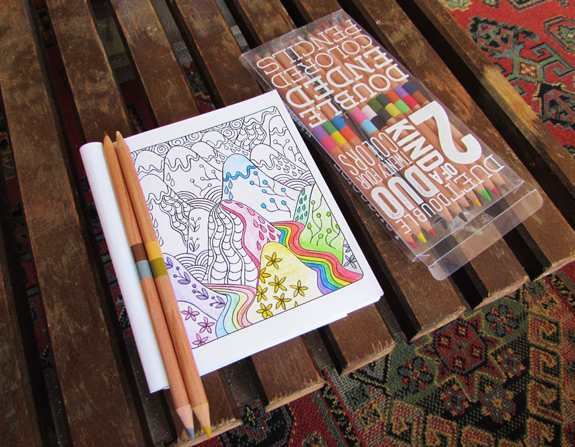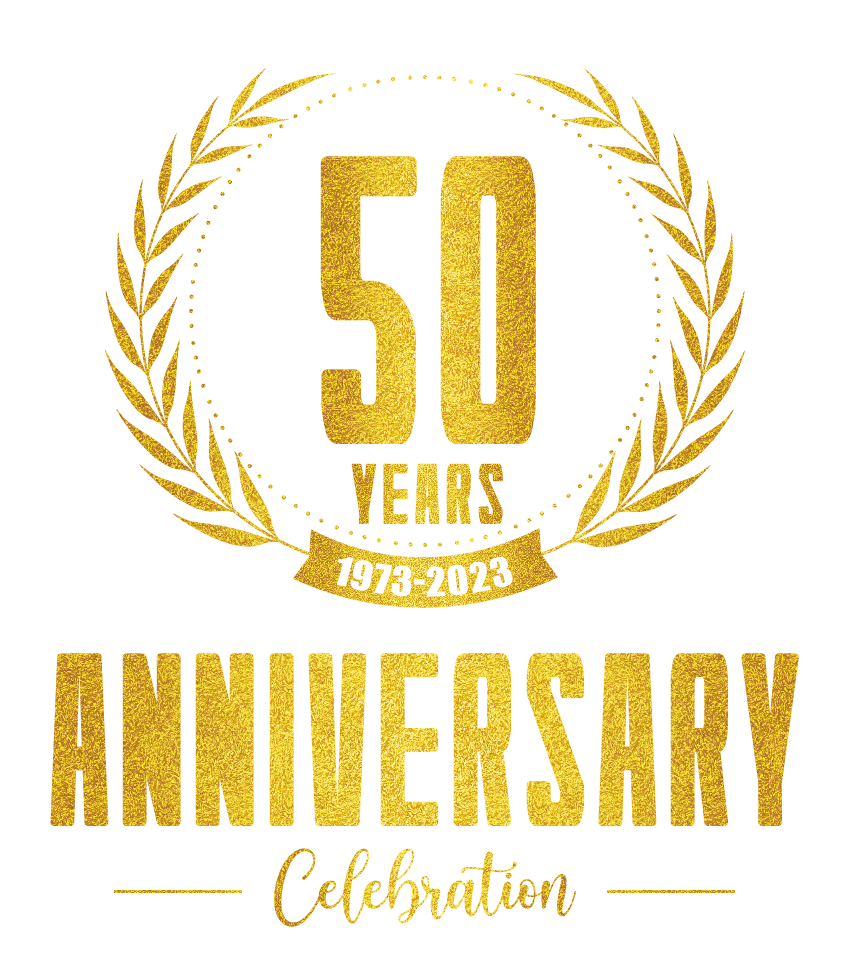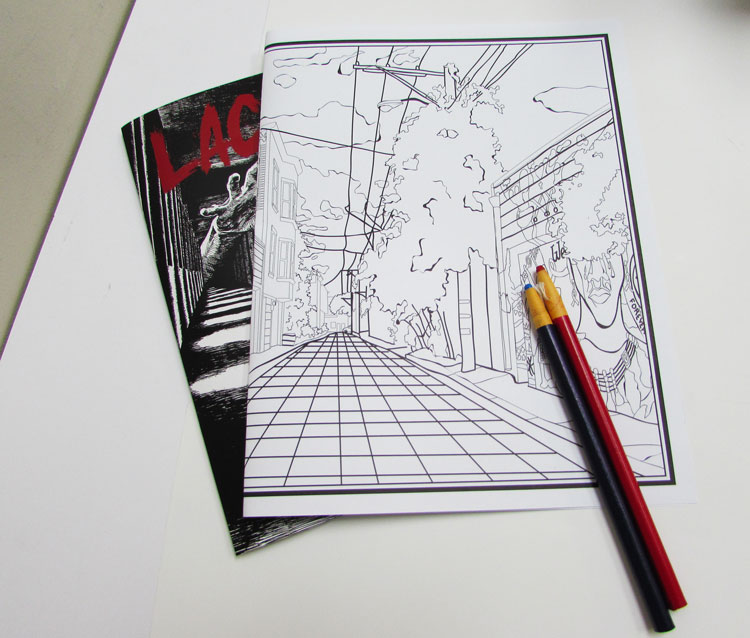There are many ways people can distract themselves from their daily lives and place themselves into an alternate world of serenity that is distraction and problem free. Most commonly these are channels such as television, music, novels – and more recently, coloring books. In fact, adult coloring books have become so popular in recent years that the increased demand has actually created a shortage of colored pencils in some countries. This medium of relaxation has proven to not only be dedicated to children anymore.
There is a reason for this spike in popularity with adult coloring books – they are a fun, easy and inexpensive way to reduce stress and escape from daily aggravations. Some psychologists even recommend using coloring books as a de-stressor, citing that “the action involves both logic, by which we color forms, and creativity, when mixing and matching colors. This incorporates the areas of the cerebral cortex involved in vision and fine motor skills [coordination necessary to make small, precise movements]. The relaxation that it provides lowers the activity of the amygdala, a basic part of our brain involved in controlling emotion that is affected by stress.”
This form of structured creativity allows people to easily get in touch with their creative side. It can also be a collaborative experience for both an artist and their audience. Letting your audience finish coloring in your drawings can lead to an endless number of unique artistic variations. It is easier than ever to self publish your own coloring book, and to get your drawings in the hands of friends, family and fans. Here’s some quick tips for getting started with producing your own coloring books from sketches and drawings.
-
Setting up your Drawings
So you’ve created some beautiful illustrations, and now you’re ready to turn them into a book. The next step would be to make your drawings into digital files so that they can be reproduced for your book. There are a few ways to do this, the most popular being to scan or photograph the drawings. Many print shops will have large scanners that can import your drawings at 300 DPI (Dots Per Inch) resolution.
Digital cameras have improved so much in quality that the resolution of a photographed drawing will often surpass that of a scan. The photograph may need to be cropped, straightened or color corrected, but will definitely work if a high resolution scanner is not available.

-
Choosing the Right Paper for your Coloring Book
Some types of paper work better for different types of coloring books. There are two main styles of paper – coated and uncoated. Coated paper comes in either gloss or matte finish and should be used when you are expecting people to use colored markers or highlighters fill in your drawings.
Uncoated Offset Paper is what is used more traditionally for coloring books. This opaque white paper is perfect for coloring in with crayons and colored pencils. It usually comes in different weights, such as 60lb, 70lb, or 80lb as well as variations of white, bright white, natural white or ivory.
The cover of your book is also something to consider. Even if the inside pages are uncoated, a gloss cover can make the images and colors on the cover pop.
-
Creating your PDF for Print
When getting ready to print, you will need to supply your printer with a press ready PDF. This means that if your drawings extend to the edge of the paper, you will have to design an extra 1/8″ so that there is no accidental white space on the edge of the paper, and no valuable content accidentally gets cut off.
When submitting your PDF, most printers prefer a PDF with individual pages setup in the order you want them printed.



Leave a Reply